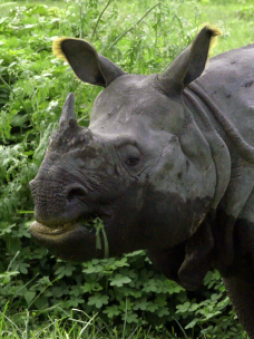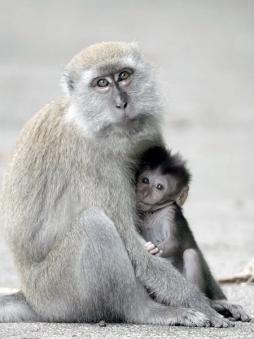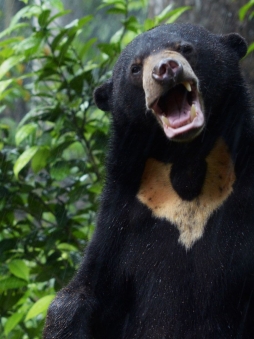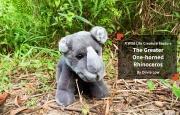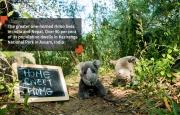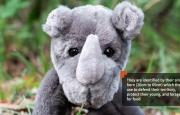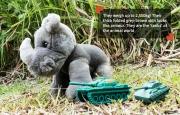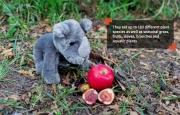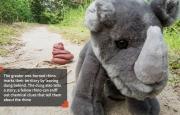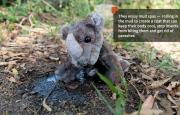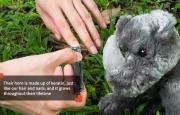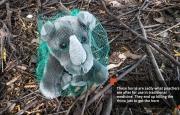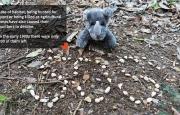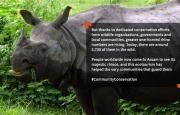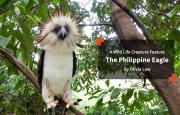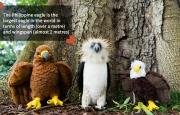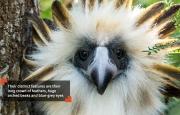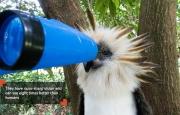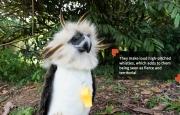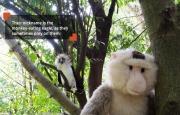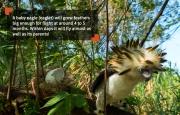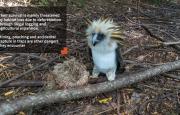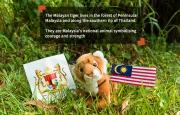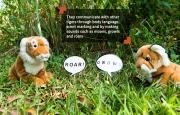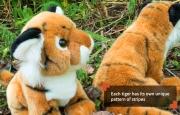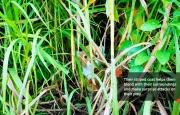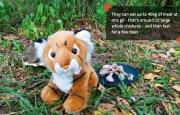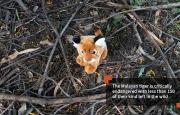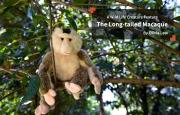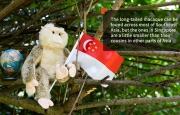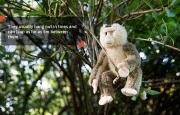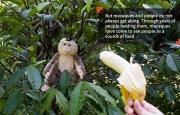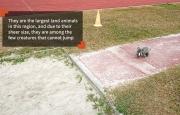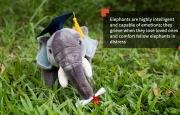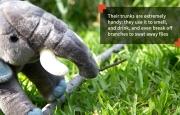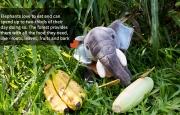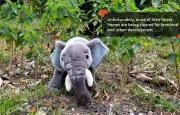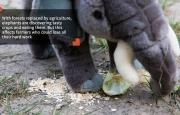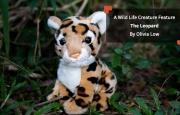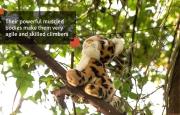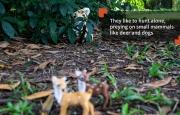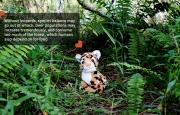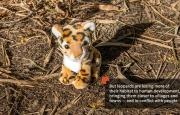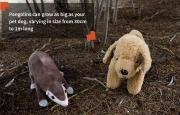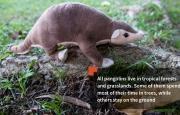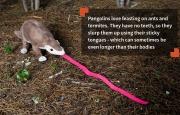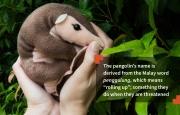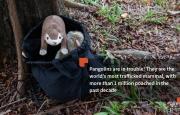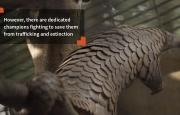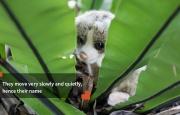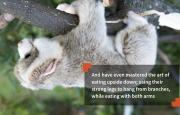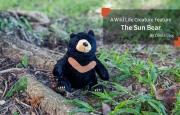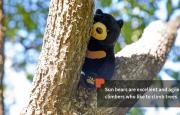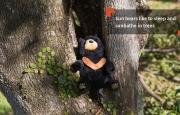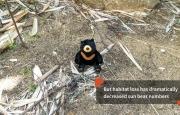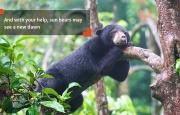 No time to read? Here’s a 30sec read
No time to read? Here’s a 30sec read
For indigenous tribes, the Philippine Eagle is a symbol of peace but deforestation and hunting has led to the decline of the population of this national bird, which is now critically endangered with less than 400 pairs left in the wild. Working together with local communities, the Philippine Eagle Foundation has formed initiatives to protect the nesting sites of the eagles and the forests they have resided in for generations, creating a safer environment for the eagles while empowering the local communities with livelihood opportunities and protecting their cultural heritage.
Ask anyone who has seen a Philippine Eagle and they might tell you that it’s the most majestic bird they’ve laid their eyes on. But sightings of the eagle have drastically declined over the years.
They once ruled the skies in great numbers, but today the national bird of the Philippines is critically endangered, with only an estimated 400 pairs left in the wild. Deforestation is the main threat to their livelihood, with hunting also impacting their numbers.
Marlyn Ambe, a member of the Bagobo Tagabawa tribe, lives within the forests of Mount Apo in Mindanao, the second largest island in southern Philippines. She shares her home with the Philippine Eagle, and her tribe has lived amongst the eagles for as long as she can remember.
The Bagobo Tagabawa are the earliest settlers of Davao, the capital of Mindanao, and are considered the stewards of Mount Apo’s forests and natural resources. For generations, the Philippine Eagle has been a symbol of peace for indigenous communities.
For Marlyn and her tribe, the forests are an ancestral domain where they farm bananas, abaca (a type of hemp used in textiles), coffee, cacao and vegetables. So protecting the forests is as important for their livelihood as it is for the survival of the Philippine Eagle, and what it symbolises.
“The reason we protect the forests is because the Philippine Eagle lives there. Our ancestors say that wherever there is an eagle, it means that there is peace in the land. That’s why we guard it,” Marlyn mentions.
Guardians of the forests
Recognising the eagle’s cultural significance, the Philippine Eagle Foundation (PEF) was established in 1987 to save this apex predator and its habitat through programmes like rescue, rehabilitation and release, conservation breeding, nest surveys and monitoring, and culture-based conservation. But they are up against numerous challenges.
“Deforestation is still happening and the Philippine eagles cannot live without the forest, especially with the destruction of their nesting sites,” says Jay Ibanez, the Director for Research and Conservation at the PEF.
To protect these ancient nesting sites, PEF relies on the indigenous tribes’ intimate knowledge of the forest and developed the Forest Guard programme with the help of tribal leaders.
Tribe members are enlisted to be forest guards and are trained in the monitoring and patrolling of the vast highlands. Each month the forest guards do at least 10 days of patrolling where they identify transects (pathways for exploration) or patrol routes.
“They record the flora and fauna they see along the transects and enforce forestry laws within these transect routes,” explains Jay.
The forest guards’ familiarity with the local communities also makes them invaluable to the programme. Part of their work includes talking to the people in the villages, telling them about the eagle and convincing them not to go into the nesting areas.
However, since the pandemic hit in early 2020, they have seen a rise in the number of Philippine Eagles being rescued.
“The hardships and challenges including economic challenges of the pandemic, pushed our fellow Filipinos in the uplands to do more hunting and trapping to make ends meet. This is really sad,” says Jay.
The Philippine Eagle only lays one egg every two years, making breeding a very lengthy process. In addition, each eagle needs 7,000 hectares (slightly over 13,000 football fields) to thrive. This makes the work of the forest guards all the more crucial.
But the Forest Guard programme is working. “In many places where we have active forest guards, the eagles are breeding safely and they are producing one chick every two years. So that’s a clear biodiversity outcome,” observes Jay.
Conserving a culture
To enhance the effectiveness of their guardianship, forest guards are given a small stipend for their daily needs. But the assistance goes beyond just bread and butter issues, and onto protecting their specific way of life.
Jay elaborates that, “Their income now has increased, compared to before they were engaged as forest guards. We also help them write down in a book, the basics of their culture, what they believe in. And the government is supporting these initiatives towards protecting their culture.”
This added incentive is the cherry on top. For Marlyn and her fellow modern-day heroes of the forests, the Philippine Eagle is so deeply embedded in their cultural identity that protecting the majestic raptor is synonymous with caring for the future generations of the tribe.
“We protect the Philippine Eagle because we want to see them multiply so the children of our children, up to their grandchildren, can still see them. We want to show them how we and the ancestors of our tribe love the Philippine Eagle.”
About Philippine Eagle Foundation
The Philippine Eagle Foundation is a non-profit organisation that is dedicated to saving the critically endangered Philippine Eagle and its habitat, whilst protecting the livelihoods and heritage of indigenous communities. Its initiatives range from breeding and rescuing, to education and culture-based conservation programmes.
Contributors
Director & Editor
Producer & Writer
Camera
Rojen Sullera
Executive Producer
Please rotate your device to continue the slideshow
Creature Feature
Click on the animal icons to get to know our wildlife stars better!
Creature Feature
Tap on the animal icons to get to know our wildlife stars better!



